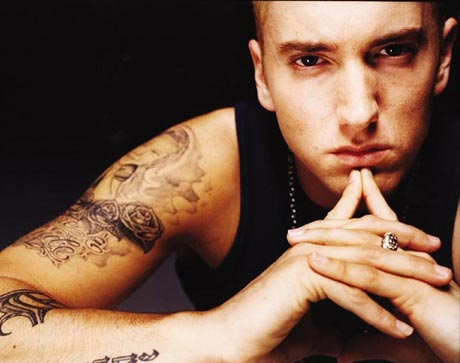The photo of calves in cramped pens will shock many, and with so many non-dairy alternatives now, consumers have a choice

Photographs of industrial rows of cramped pens, each jailing a solitary calf, will shock those who still believe in the fairytale of the pastoral dairy farm, where blushing damsels milk smiling cows. Welfare legislation says that calves should only be held in solitary pens until they are eight weeks age-old, but Animal Equality claims that the battery calves it photographed at Grange Dairy in Dorset are up to six months age-old too large for their hutches and say that some have grazes on their backs. But trading standard officers say there is no evidence of any breach of animal welfare requirements. Marks& Spencer, which sells milk from the farm, said it was disappointed to see the report, but it been reluctant to drop-off the supplier.
Upsetting as the narrative is, what happens elsewhere in the dairy industry amounts to systematic cruelty. In reality, the daily practises of most dairy farms are more distressing than those of meat production. A mom cow simply produces milk when she gets pregnant. So, starting from the age of 15 months, she will usually be artificially inseminated. Farmers mechanically draw semen from a policeman, and then force-out the female cow into a narrow trap, known as a cattle crush, where they will viciously impregnate her.
When she makes birth, her calf will typically be removed within 36 hours, so the farmers can steal and sell you the milk that is entail for her babe. Wildlife experts say that a strong bond between cow and calf is formed rapidly after birth. Following that callous breakup, the mother will bellow and scream for periods, know where her babe is. The answer depends on the gender of the calf. If male, he will probably either be shot and flung into a bin, or sold to be raised for veal, which delays his death by just a matter of months. But if the calf is girl, she will usually be prepared for her own entry into dairy production, where she will face the same cycle of hell that her mom is trapped in: forced impregnation, the crime of her babe, and a return to the cattle crush two or three months later.
For at least six months of the year, she will often be confined inside dark sheds. But a growing number of dairy farms in Britain use a zero-grazing system in which cows spend their entire lives indoors, in increasingly intensive structures.
A dairy cow is often pumped with antibiotics and hormones so she produces an unnatural quantity of milk. Under normal situations, she would generally simply have a maximum of two litres of milk in her udder at any one time, but rapacious farmers may force her to carry 20 litres or more. Her udder becomes so heavy that it builds her lame and she often develops an agonising infection called mastitis. The strain this throws on her body means she is wearied by the age of five. Soon, her milk crop will no longer be considered profitable. Or she might simply collapse under the agony of it all. Either way, she will be dragged off by a tractor, squeezed into a cramped truck, and driven to the slaughterhouse, to be killed and turned into burgers or babe meat. Her throat slit after five sad and torturous years under natural situations she could have lived to 25.

Dairy is proving to be a vulnerable place for the whole massacre racket. The public is steadily waking up to the fact that current realities of milk production is not a matter of trivial flaws, of fear simply to idealist vegans, but in fact the most darknes and wicked part of all agriculture. And delicious , non-dairy milk, cheese and dessert alternatives are now widely used, so as people read the truth it is easy for them to trench dairy for good. In January, Sainsburys reported that sales of its new own-brand vegan cheeses were 300% greater than it had anticipated.
Smaller businesses are also evolving. The Fields Beneath cafe in northern London abruptly stopped offering cows milk last week, replacing it with vegan alternatives like oat, almond and soy milk. It posted a notice in its window, explaining that it took the move after watching the powerful five-minute YouTube video entitled Dairy Is Scary. The notice added: We didnt think it was either. And Ice Shack, an ice-cream and dessert parlour in Manchester, is transforming into a fully vegan business next week.
The industry is starting to panic. David Dobbin, chairman of Dairy UK, dreads a demographic time bomb as young people increasingly shuns milk. Merely 10 years ago, there were about 21,000 dairy farms in England, Scotland and Wales. Industry analysts believe there will be fewer than 5,000 left by 2026. The National Farmers Unions dairy spokesman Michael Oakes said on Monday that the message of anti-dairy campaigners is not going away. He called for positive promotion of the industry.
Theyll have their work cut out. Even the planets most shameless and gifted spin doctors would find it hard to set a positive slant on the brutal reality of most dairy farms.
Read more here: http :// www.theguardian.com/ us







